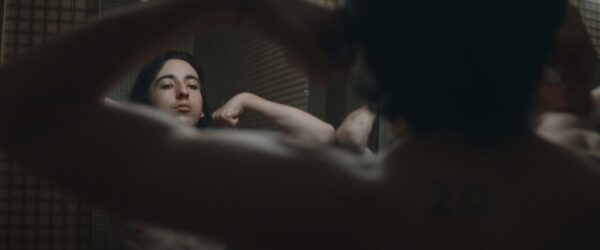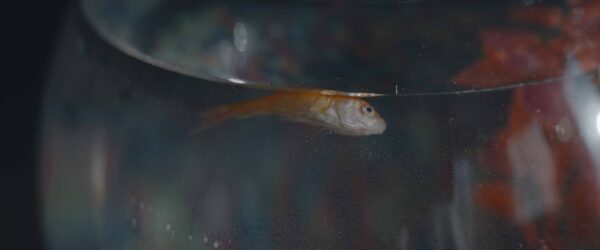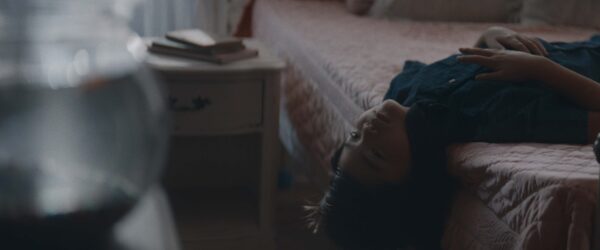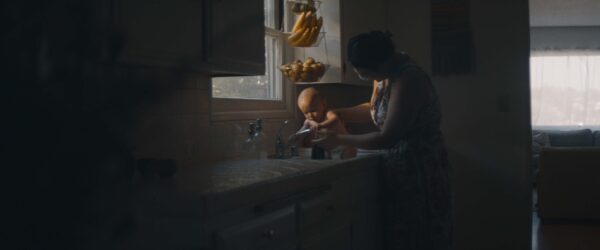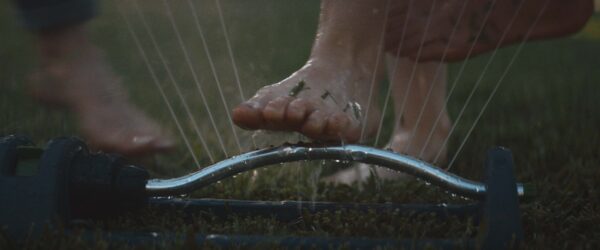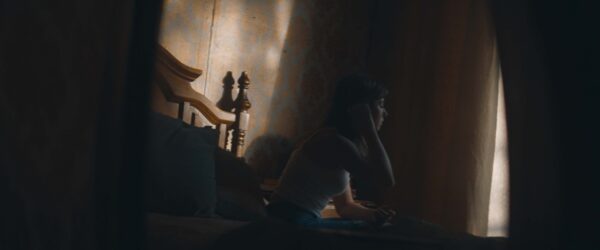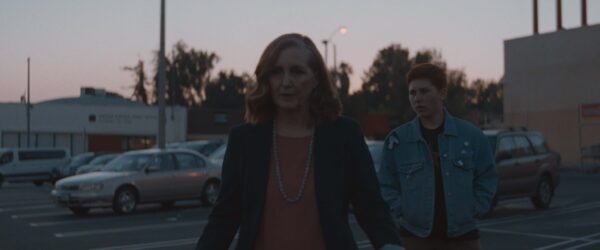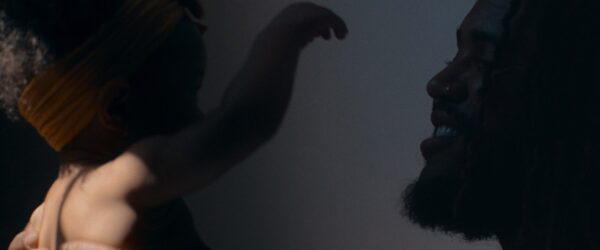Behind the Scenes
Finding Perspective: The Story Behind ‘Around The Bend’
It’s funny how the innocent recollection of a single, distant memory can be life-changing. Perspective is unpredictable that way… shifting and adapting, blurring and crystallizing based on where we are in life and what we’ve learned and experienced along the way.
Around The Bend is a journey through the moments and memories that become milestones as we travel the road of life. Equally wonderful and transient, the experience is marked by our relationships, glued together by unconditional love, and carried beyond our time in the legacy of those who come behind.
We connected with Writer & Director Ross Haines about his motivation for telling this story and the process he used to bring it to life:
”"...simplicity became key—focusing on small details and staying true to my own knowledge and experiences."
Ross Haines
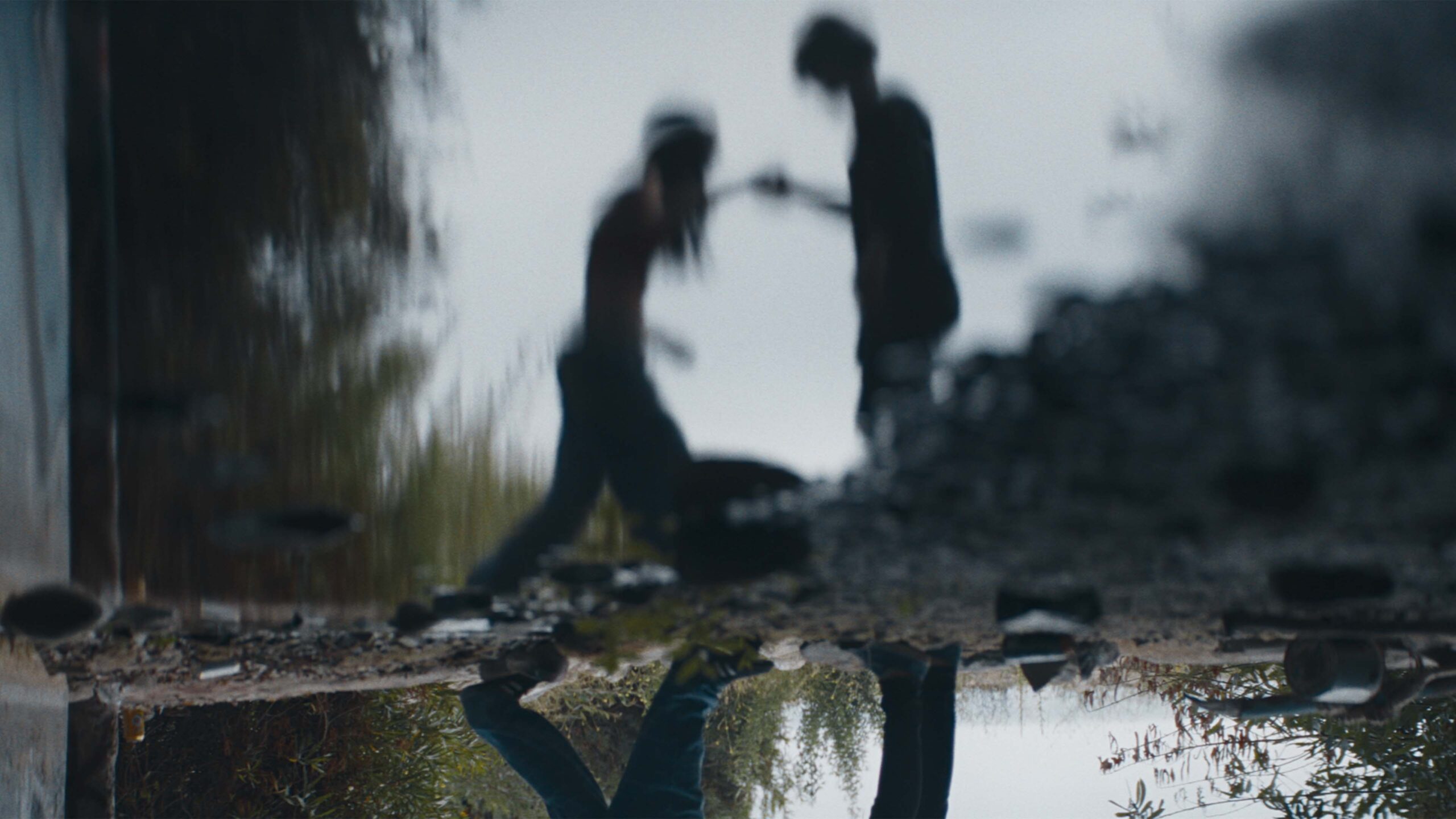
Filmsupply: What inspired you to create “Around The Bend”?
“Around The Bend” draws inspiration from life and the experiences that have shaped mine. From raising a daughter to nearly losing my father it reflects the shift from self-centered thinking to a more outward-facing point of view. We are all aware of life’s finite nature, and at this particular juncture, I find myself gazing at my aging parents on one side and my growing child on the other. It signifies my place in this larger, ongoing circle of life.
I find the interrelated ideas of memory, time, and nostalgia fascinating. The dual nature of time can make it feel like various periods in our life are moving incredibly slowly or fast. There’s a great quote from Dr. Seuss that goes, “You never know the value of a moment until it becomes a memory.”
Lastly, there’s a children’s book called “Love You Forever”. It’s unusual for the genre because it’s heartbreaking and bittersweet. You witness a life cycle unfold, and in the end, a child (now grown up) must bid farewell to a parent. In the final scene, the same parent is holding their baby. The transition from death to life is crystal clear—natural and painful. A sort of simple truth. It’s not the typical subject matter for a children’s book; nevertheless, it stuck with me and planted a seed in my head.
Are there any other Directors or films you studied as you prepared for this project?
I’m genuinely fascinated by the creative act—not just in film but across all art forms. I’ve come across some great insights or anecdotes from other directors. The resources are endless, whether you seek them from podcasts, books, or little social media feeds – it’s a cool time because there’s so much accessible information.
Richard Linklater has a wonderful interview you can find online, Tarkovsky has a great book on filmmaking, and there are amazing little legends about David Lynch that I’ve heard from gaffers on set or seen shared on social media. I like the story about him ordering the same lunch in the same diner every day so that his routine was automatic and all his brainpower could be channeled towards creativity.
There’s a huge treasure trove of behind-the-scenes from Spike Jones’ “Do The Right Thing.” You see the entire moviemaking process, from the first meetings with talent to how he pivots around obstacles. I went to a talk with Werner Herzog a few years ago, and he said if you want to be a filmmaker, read, read, read. I love that advice, and I do, especially many short stories.
So, what do these masters have to do with my film? Nothing. But, in observing them, it reassured me there’s no right way to make a film. I should follow my instincts and my story. I didn’t want to do something I’d done before, yet I wanted to stay true to my voice and life experiences. So, I just focused on finding and working within my own creative process.
Did you face any creative challenges during the development of the film? If so, how did you overcome them?
The biggest creative challenge was scratching the surface of the life cycle and parental love within a short format. To overcome this, simplicity became key—focusing on small details and staying true to my own knowledge and experiences.
Early on, one of my producers teased me, saying, “Way to go, making a film about life itself. Good luck with that one.” The scope of this film was vast, addressing themes of life and death. My thought process was to paint with broad brush strokes allowing the audience to fill in the details.
Another challenge was telling the story across many lives and faces. I owe a great deal to my casting director, Maria O’Driscoll of Popcasting, who did an incredible job casting a massive and diverse range of actors, from babies to seniors and everything in between. This project wouldn’t have been possible without her. We shot with over fifty-five actors—a whirlwind but a delightful one. They brought unique personalities and acting styles; some were seasoned professionals, while for others, it was their first time on camera.
How did you approach casting and directing such a wide variety of talent and scenes?
I had to put complete trust in my actors. There wasn’t time or resources for screen tests or callbacks, but that was the beauty of it in a way, I had to go with my gut.
I gave them the room and freedom to bring their ideas to the scenes and did my best to listen to them and be open to their craft and contributions. It’s very tonal, and, in a sense, we were looking to get on the same wavelength. I subscribe to the “build the box for lighting to strike” approach. Some actors needed nothing, and they nailed it on the first take. I remember thinking, “I can’t even think about how to do that better.”
Then we cast babies and kids, and it was a little difficult shooting them with all the extra variables. But you know what? They need to change that outdated saying about not working with babies. The babies and their parents were wonderful (milk helps). There was this calm tranquility that would wash over the cast and crew when we focused on parents and their babies. It’s a precious energy and innocence that perhaps we all naturally recognize and even long for subconsciously.
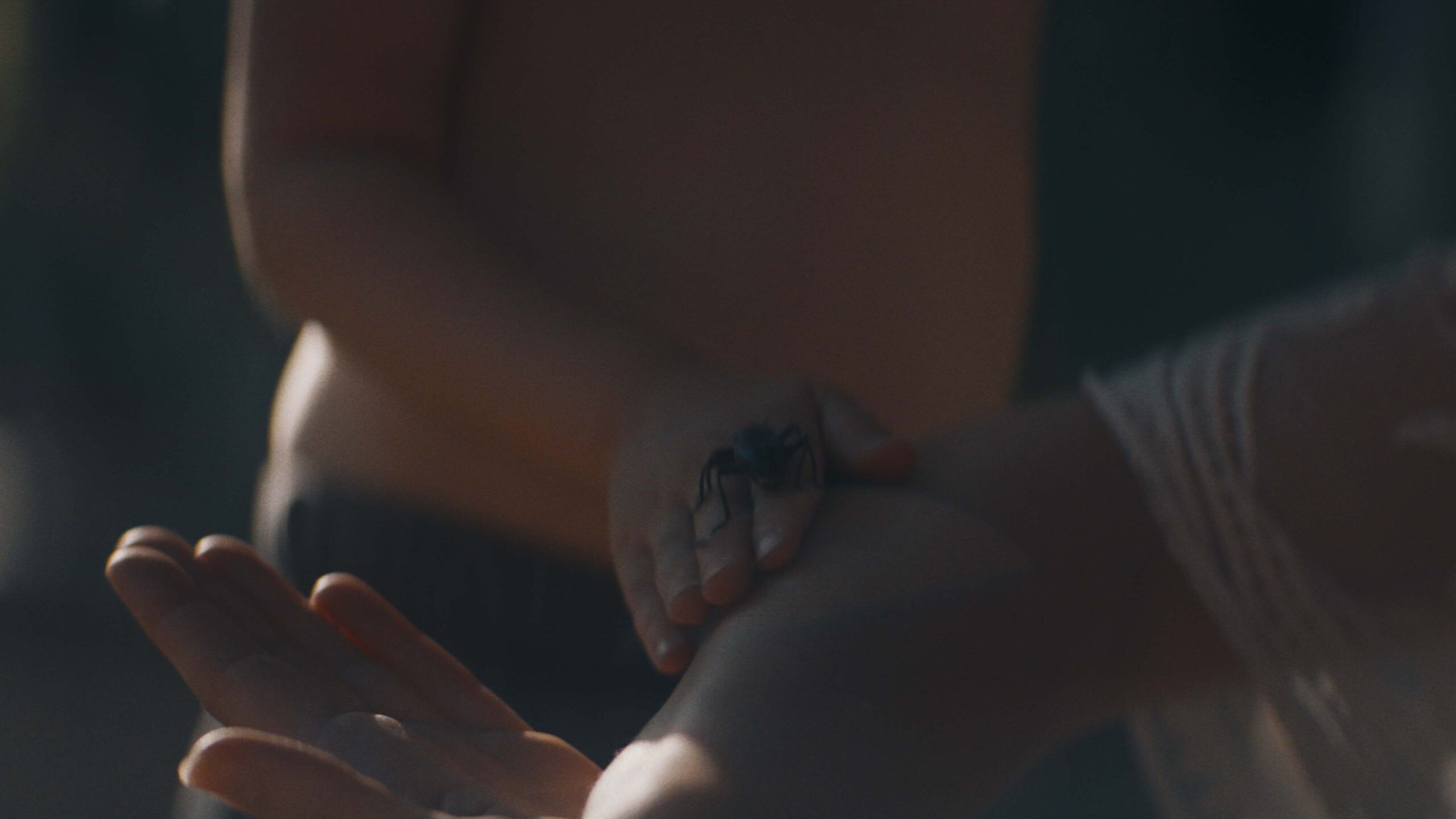
Were there any moments during shooting that stand out in your memory?
So many! As I watch the scenes, I recall great little details about all of them.
One magical moment that stands out is the kid with the beetle on his arm during the creek scene. There was no time to ask if he liked bugs, but he showed up, and his mom shared that bugs were his absolute favorite. The catch? We couldn’t just get any bugs; shipping them to California is a big no-no. Someone threw out the idea of a bug wrangler, but they wanted a Hollywood-style fortune, which would’ve killed the vibe. Right at golden hour, this stunning black beetle struts up to us. I love that kind of serendipity. We put tons of planning and attention to detail into the project, but that last 10% of pure magic is what makes it all so much fun. It’s the part of filmmaking that turns it into a free-spirited experience, like making films with your friends just for the sheer joy of it.
Did you utilize any unique equipment or techniques?
No, don’t get me wrong—we had an incredibly talented crew from top to bottom and a fantastic camera. But this was more of a people power thing, a bit more organic. We relied on milk to soothe babies, bugs to stroll up to us, and the wind in the grass and clouds in the sky to do their thing during golden hour. My cinematographer worked his butt off scouting and finding locations, providing solutions that gave us the varied texture we needed.
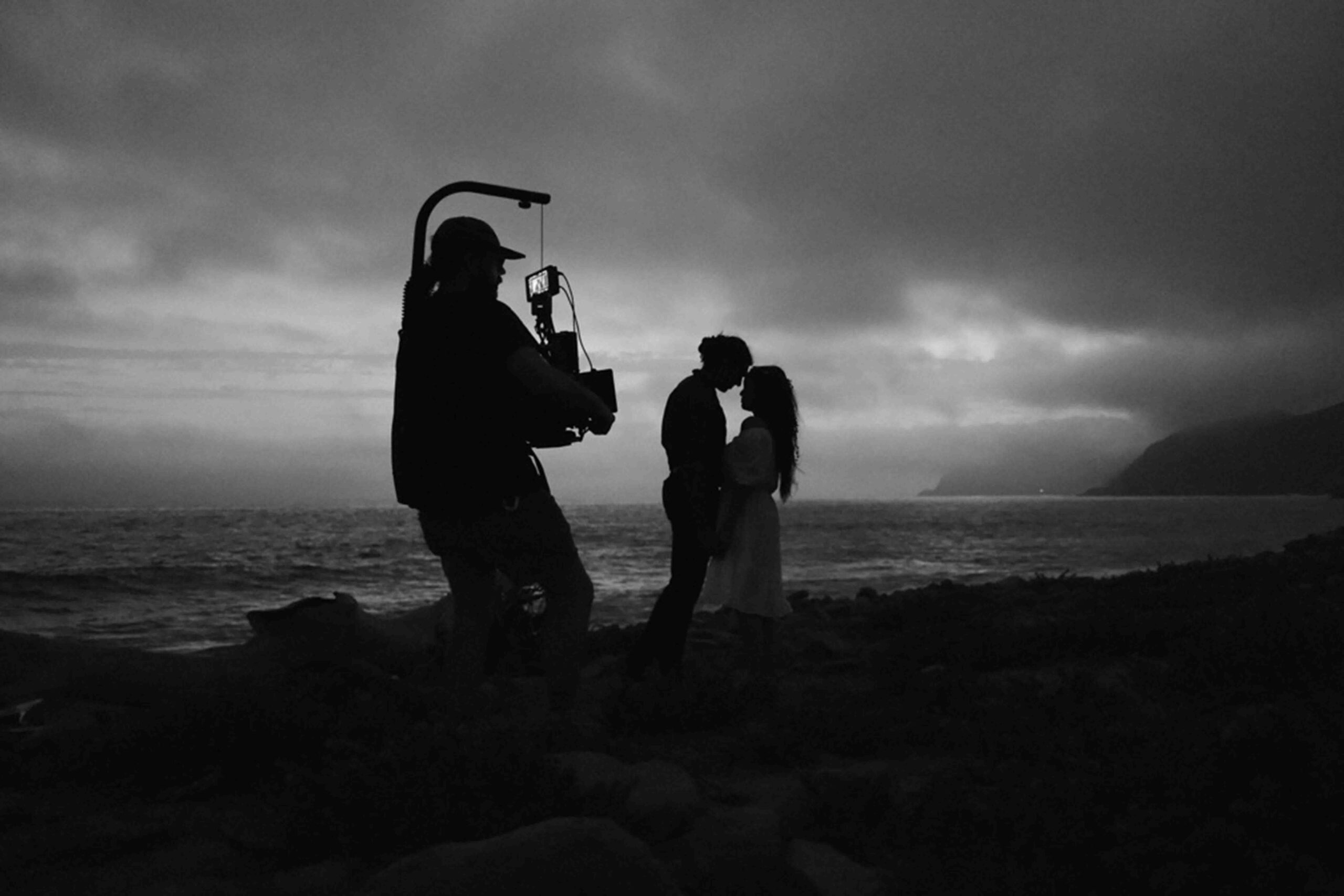
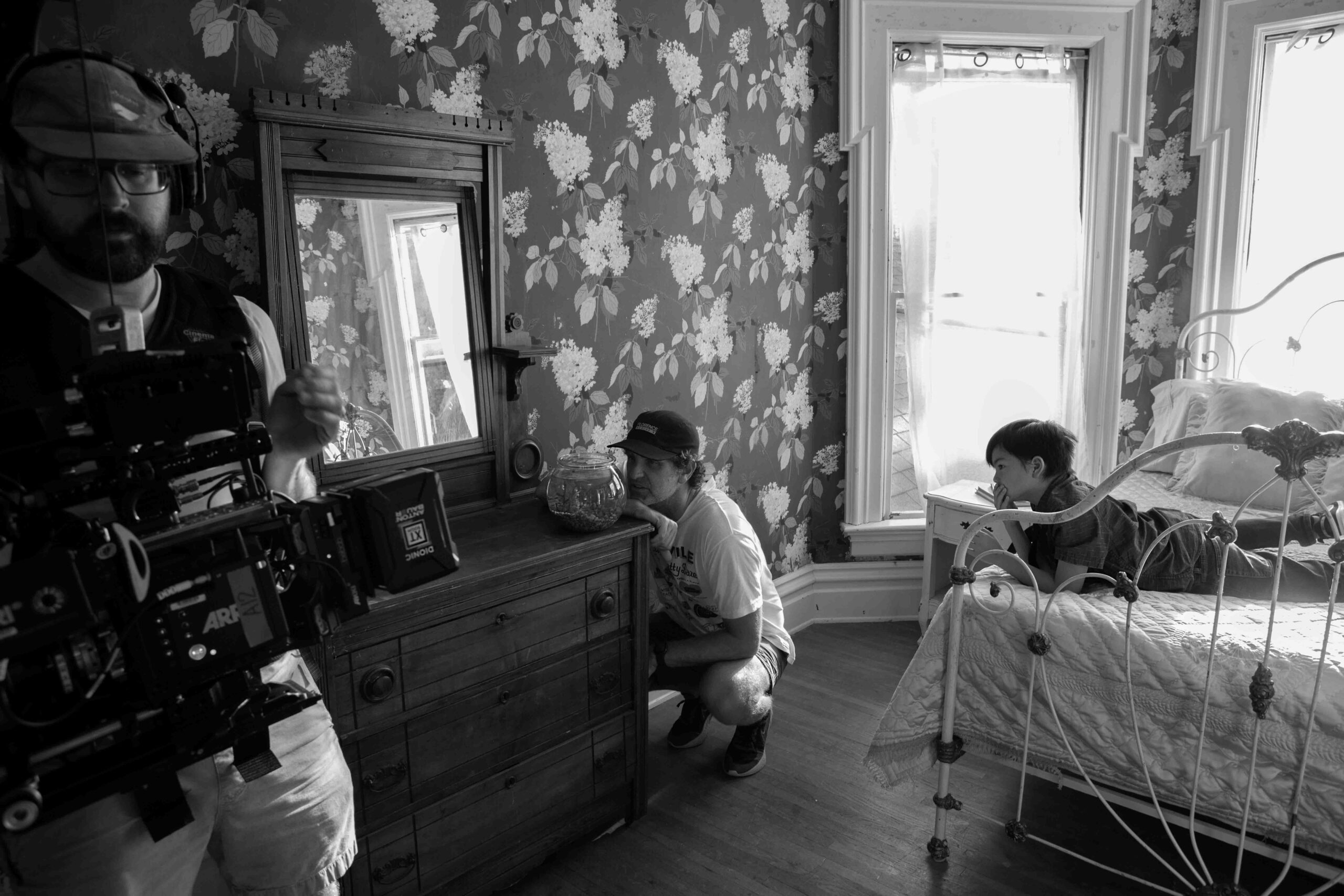
Did you encounter any surprises in the editing process that required a creative solution?
Having too much good footage can indeed be a problem; editing becomes a real challenge when you have this massive treasure trove of moments. Even though I consider myself an adept editor – I thought, “Yeah, I’ll dive in and do my thing” – it turns out, not to be the case. I was just too close to it, drowning in it.
Luckily, a really talented editor, John Gallagher, was available and loved the concept. Pretty quickly after he got going, we found a nice rhythm. We started with sound design and soundscapes and just kept building. I really enjoyed the process.
And you know, the score is vital to this style of storytelling. Luckily, I had an incredible composer, Nicolas Barry, who just got what we were trying to do and did it with nuance and grace.
How did you decide on the structure for the story, and did that change at all once you got into the editing process?
A piece like this, more tonal and exploratory, doesn’t lend itself to going in with an exact outcome or formula in mind. In some sense, 30-second or 90-second spots are easier because the guardrails are already in place—you only have so much time.
I knew there was more than one way this could work, so I literally explored them myself, rough cut them myself, just so I could learn, experience, and feel confident about the chosen path forward. I wanted it to be open enough that people could draw their own conclusions from different moments, but it also needed some foundation or anchor to set the stage. The final writing always happens in post.
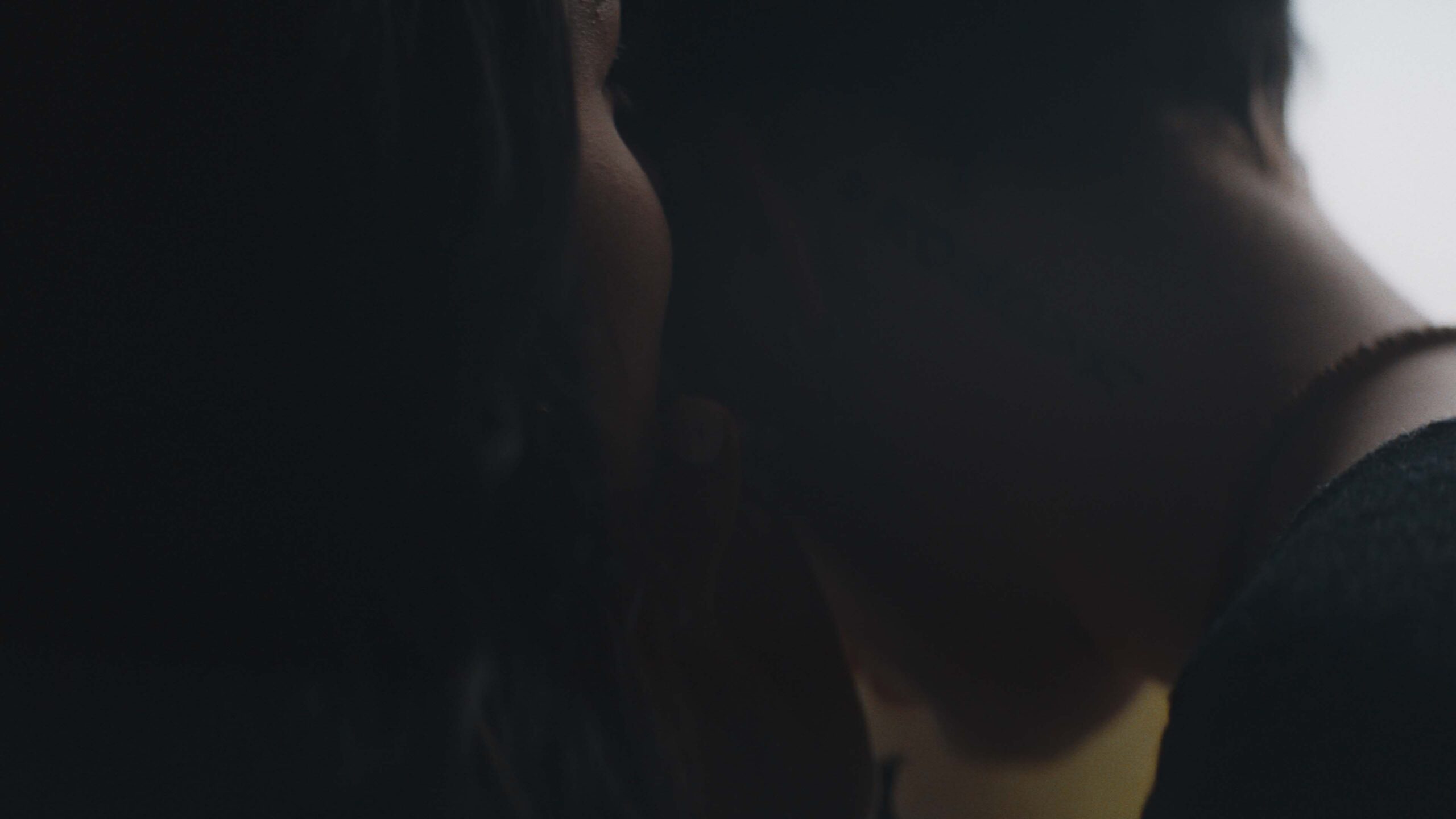
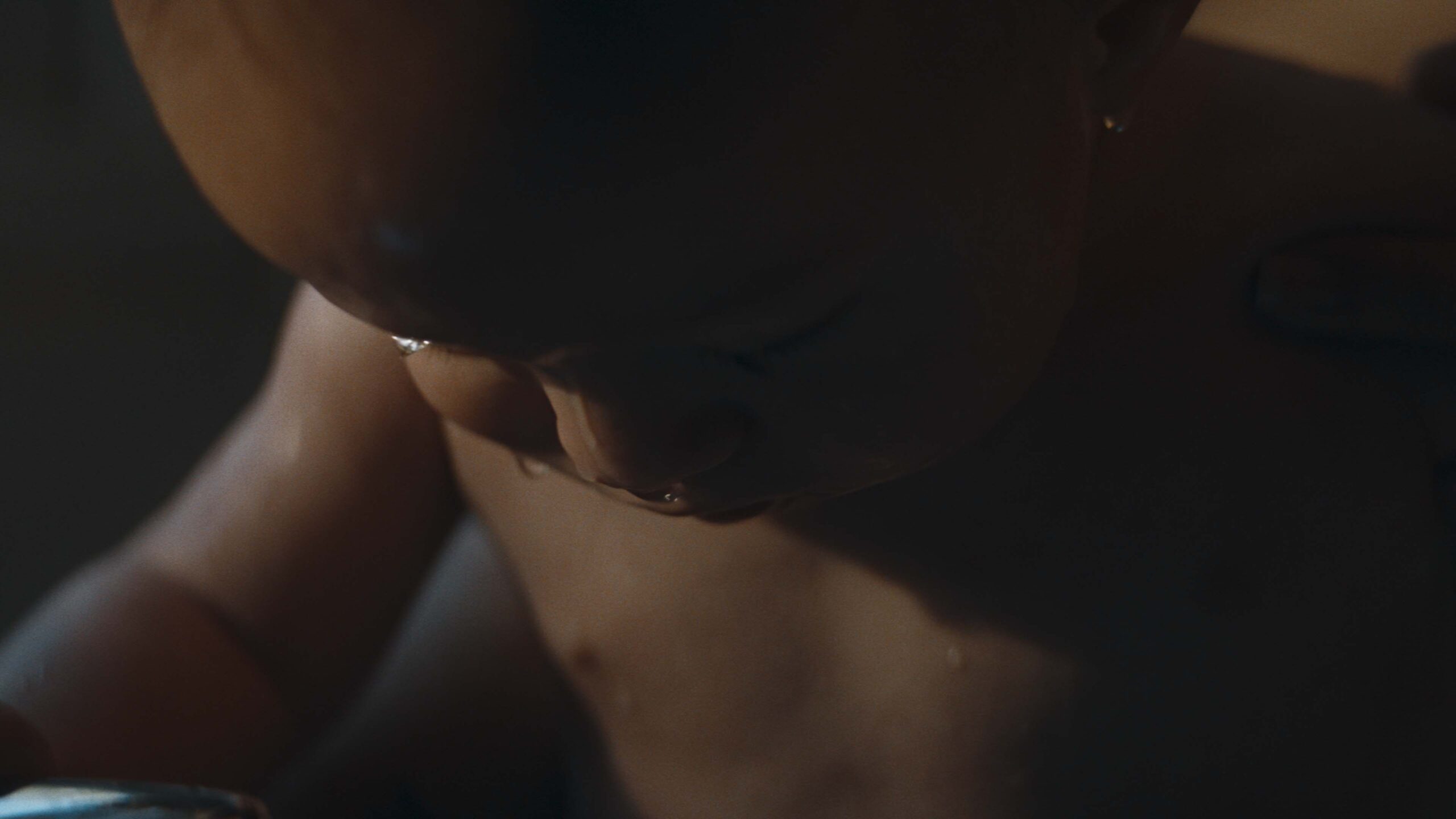
What do you hope to accomplish with this film?
My 7-year-old daughter got teary-eyed, stared at me, and hugged me when she saw it. Everything beyond that is just icing on the cake.
I don’t know if I want to accomplish anything. I don’t think that’s the point. It was more of an exploration. People have told me what different scenes mean to them, that they remember fighting with their mom or losing a parent. Others could care less; it’s not their speed. And that’s been enjoyable for me. That’s the unique power of this medium.
There’s an awesome Linklater quote where he’s actually referring to The Mirror, which can be considered a bit opaque. He said that: ‘If you do something that is important to you, the power of cinema will translate.'”

